How to Treat Mange in Dogs at Home – Effective Remedies and Care Guide
Mange in dogs is a common parasitic skin condition caused by mites burrowing into the skin, leading to intense itching, hair loss, and sometimes skin sores. Because mange spreads quickly and can cause severe complications if untreated, knowing how to treat mange in dogs at home can help dog owners take timely action. This guide covers early detection, isolation, home remedies, and proper nutrition to help your dog recover faster.
Recognizing Symptoms and Isolating Your Dog
Early signs of mange include redness and bumps around the ears, nose, and eyes, along with persistent scratching or rubbing. As it progresses, you may notice thickened skin, scabs, and hair loss on the belly and inner thighs. If your dog shows symptoms like brown discharge from the ears, nasal blockage, or swelling around the eyes, suspect mange immediately.
Since mange is highly contagious, isolate your dog right away to prevent spreading to other pets. Avoid sharing bowls, toys, or bedding. Always wash your hands thoroughly after handling your dog, even though mange mites cannot live long on humans.
Four Essential Home Treatment Steps
1. Environment Disinfection
Physical cleaning: Vacuum carpets, furniture, and crevices daily to remove skin flakes and mite eggs. Wash bedding and toys in hot water (at least 140°F) for 30 minutes.
Chemical disinfection: Use pet-safe disinfectants containing benzalkonium chloride or peracetic acid, diluted 1:200, and spray areas your dog uses three times per week.
2. Treating the Affected Area
Shaving: Trim about 1 inch of fur around infected spots to help medication penetrate.
Cleansing: Rinse with saline to soften scabs, then gently wipe with 2% hydrogen peroxide.
Topical medication: For mild cases, apply sulfur ointment twice daily or use a 0.5% coumaphos solution for weekly medicated baths. Severe cases may require ivermectin spray (not for Collies). For ear mange, mix dimethyl phthalate with cottonseed oil (1:3 ratio) and apply twice daily.

Everything Our Vets Recommend
3. Medicated Bath Options
Western medicine: Mix 3ml amitraz in warm water (for 20 lbs body weight) and soak for 15–20 minutes weekly. Avoid open wounds.
Herbal bath: Boil 20g isatis root, 15g sophora root, and 15g Eupatorium, mix with warm water, and bathe for 10 minutes daily for 3 days to relieve itching.
4. Nutritional Support
Give Vitamin B complex (5mg/kg) daily to promote skin healing.
Feed high-protein diets with at least 30% animal protein, plus cooked chicken breast and egg yolk.
Add Omega-3 supplements (fish oil capsules, 1 per 22 lbs) three times weekly to reduce inflammation.

Precautions for Home Mange Treatment
Collies with the MDR1 gene mutation should avoid ivermectin or avermectin drugs and instead use milbemycin or selamectin. Always dry your dog completely after medicated baths to prevent fungal infections. Continue using an Elizabethan collar until all scabs fall off naturally. For prevention, apply monthly flea/tick control products containing fipronil and disinfect living areas weekly.
Related Reading
Learn more about dog mange and explore mange treatment for dogs for more advanced care tips.
Everything Our Vets Recommend
FAQ
Q1: Can dogs with mange transmit it to humans?
A: Mange mites prefer dogs, but humans may develop temporary rashes, especially children or those with weakened immunity. Wear gloves when treating your dog and wash hands afterward.
Q2: How long does home treatment take, and when should I see a vet?
A: Mild cases show improvement within 7–10 days, with scabs falling off in 2–3 weeks. Severe cases may take 4–6 weeks. Seek veterinary care if symptoms worsen or if there’s swelling near the eyes, pus in the ears, or fever.
Q3: Are there herbal remedies for mange?
A: Yes. A mix of cortex dictamni, sophora root, cnidium, and stemona root can be boiled and used as a bath or compress daily. These herbs help kill mites, relieve itching, and speed healing.
Conclusion
Successfully managing mange at home involves isolation, disinfection, topical and bath treatments, plus proper nutrition. By following these steps and monitoring your dog's progress, most pets can recover fully. If no improvement is seen within two weeks, consult your vet immediately. Take action now to restore your dog's healthy skin and shiny coat.
You May Like:
- Best Home Remedies to Help Dogs With Dry, Itchy Skin Naturally
- How to Identify and Treat Yeast Infection on Dogs Skin Naturally
- Best Skin and Coat Supplements for Dogs – Soothe Itchy Skin & Boost Shine
- Red Marks On Dogs Skin: Causes, Symptoms, and Treatment Solutions
User Comments
Does flea treatment kill ear mites too?
Can dogs take human probiotics?
Can dogs have people probiotics safely?
Related Articles
View all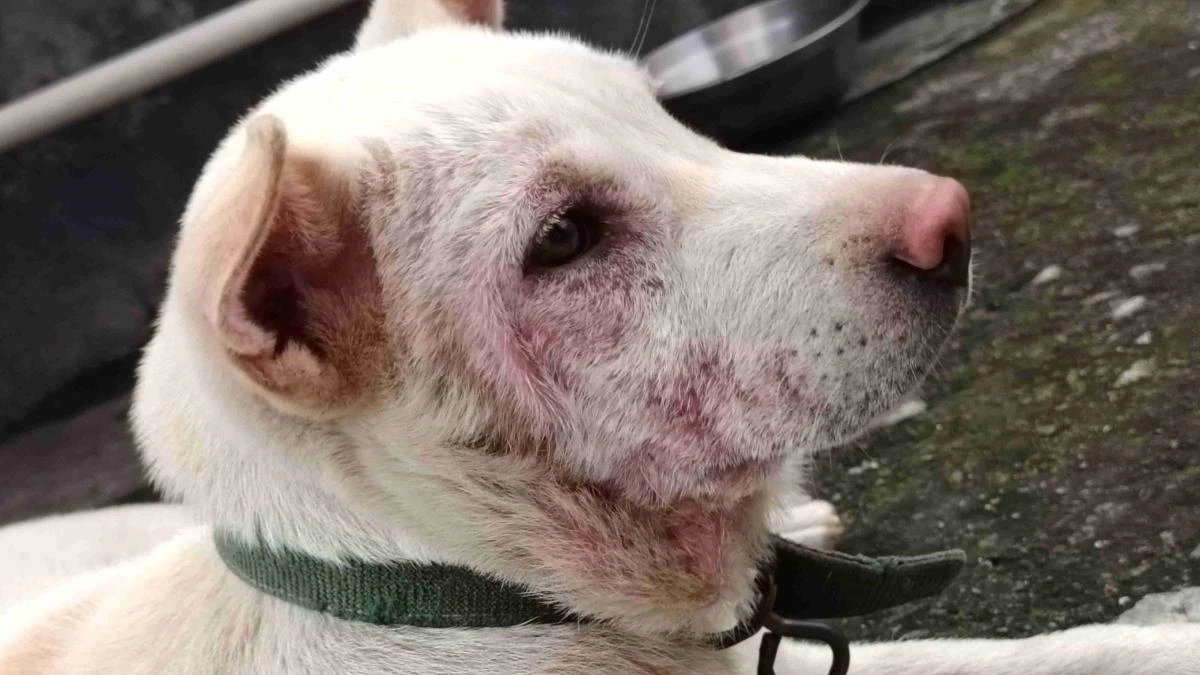
How to Get Rid of Dog Allergies Naturally: Common Mistakes
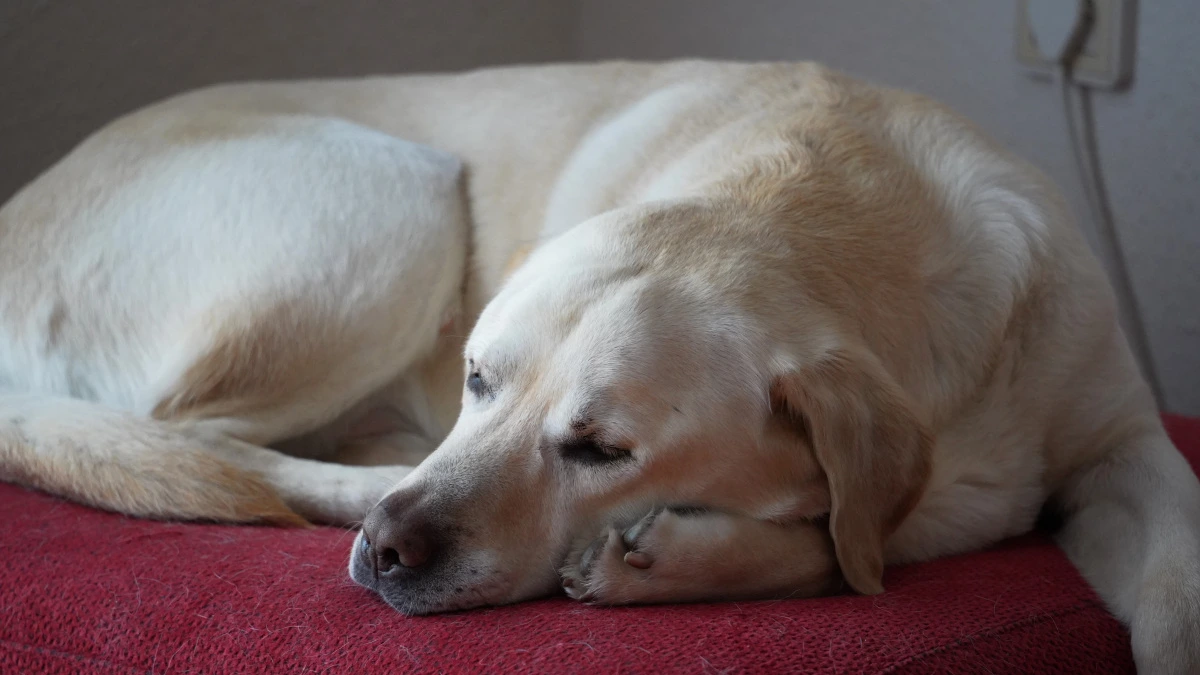
Dog Allergic Reaction Eye Swelling: Hidden Mistakes to Avoid
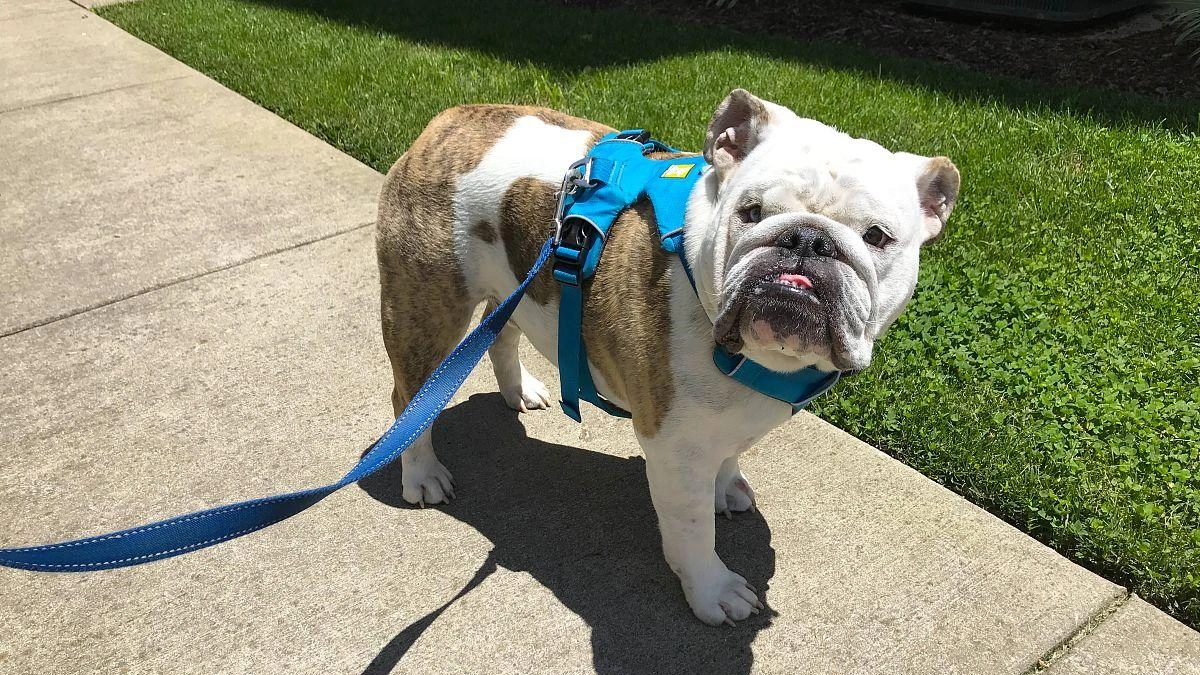
Why Do Bulldogs Scratch? Bulldog Skin Allergies Guide
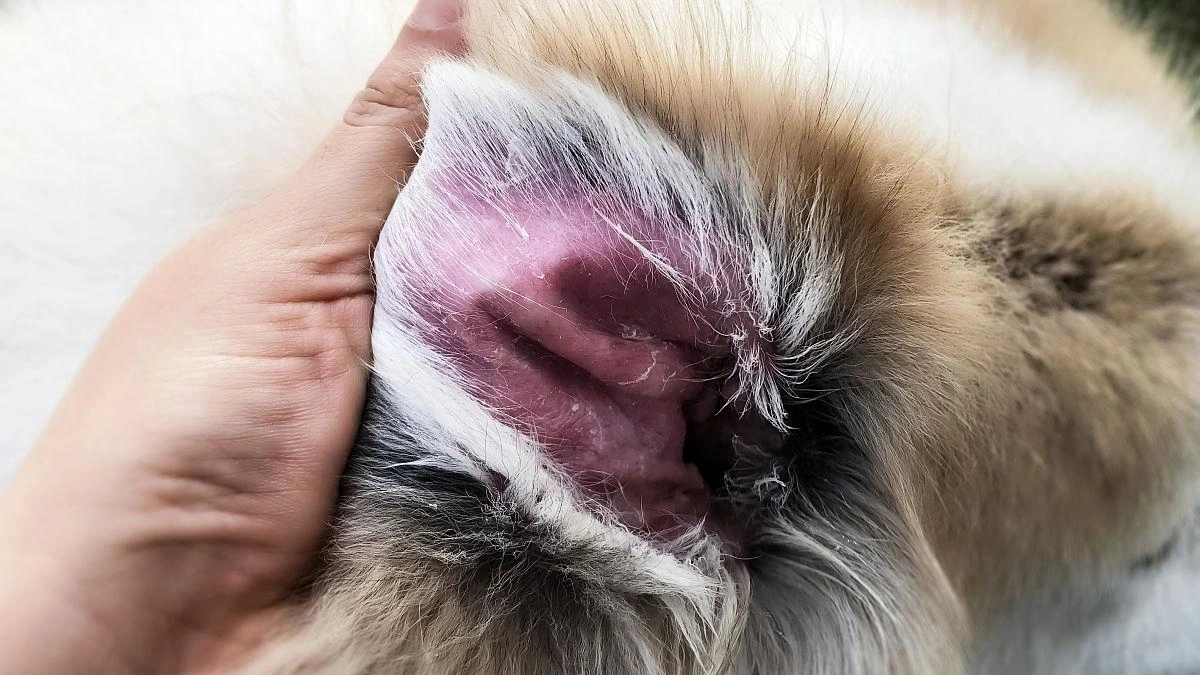
Cure for Dog Skin Allergies Owners Often Miss

How to Get Rid of Dog Allergies Naturally: Common Mistakes

Dog Allergic Reaction Eye Swelling: Hidden Mistakes to Avoid

Why Do Bulldogs Scratch? Bulldog Skin Allergies Guide

Cure for Dog Skin Allergies Owners Often Miss
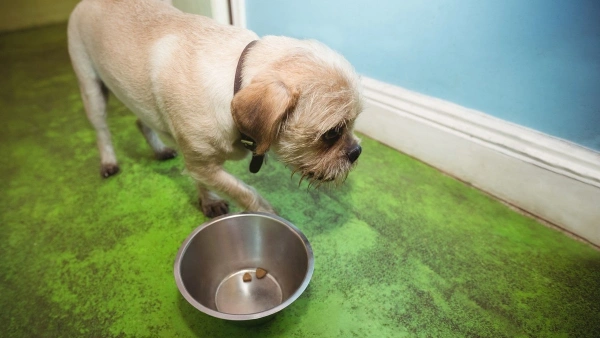
Vet-Recommended Wet Dog Food for Sensitive Stomachs — 2025 Guide
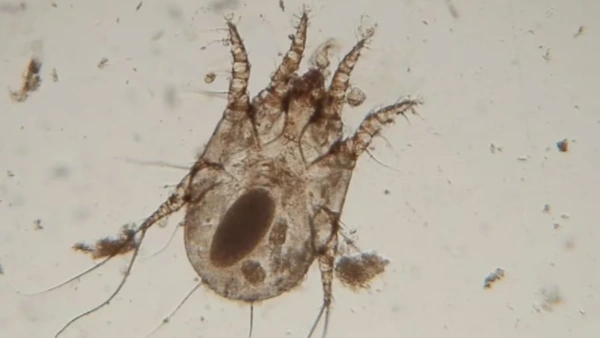
Dog Dust Mite Allergy: Symptoms, Treatment, Prevention

Can Allergies in Dogs Cause Diarrhea and Vomiting? Explained

10 Pitbull Health Problems You Should Know in 2025 — Tips
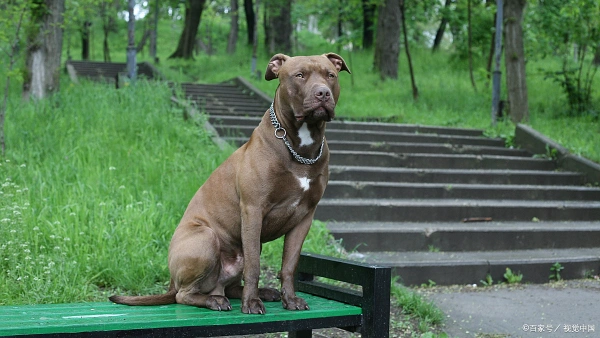

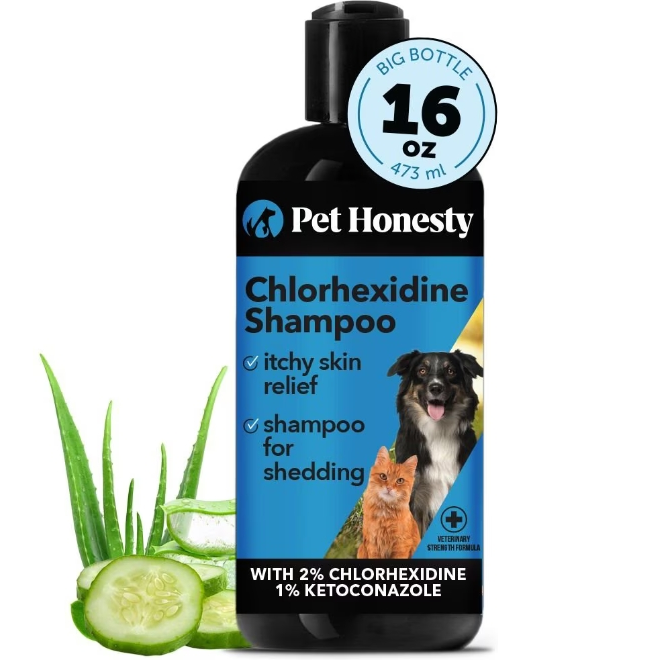
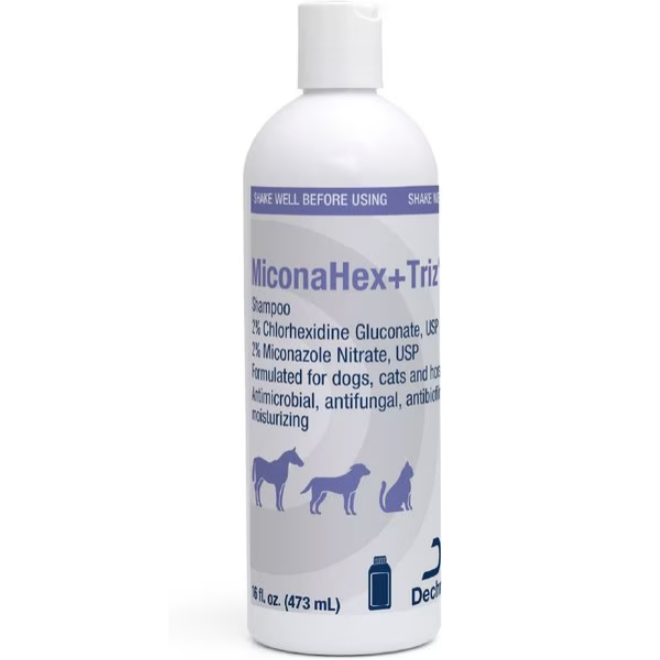
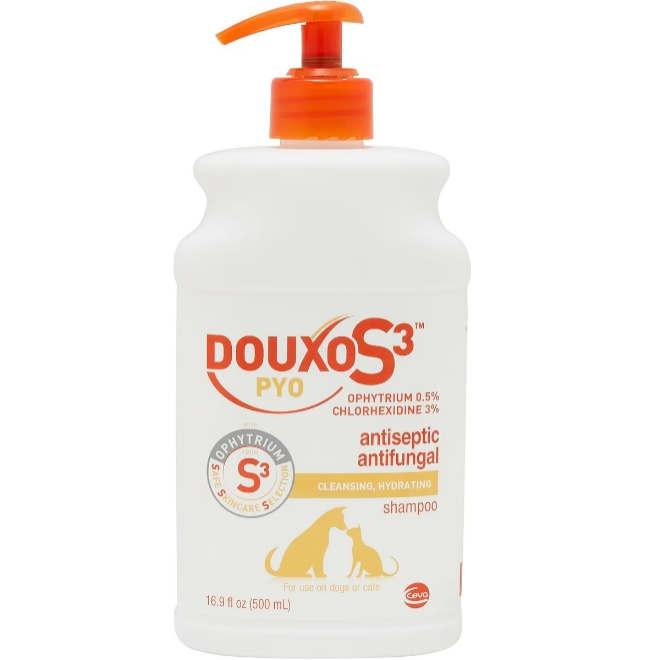
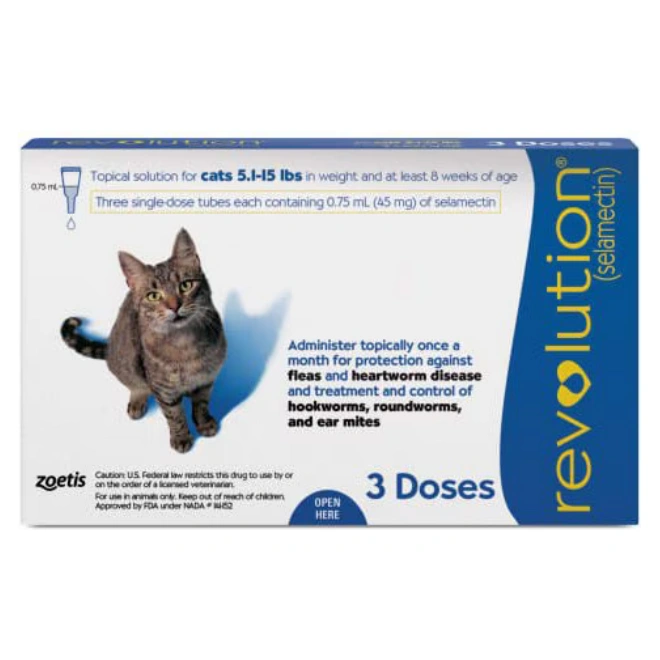
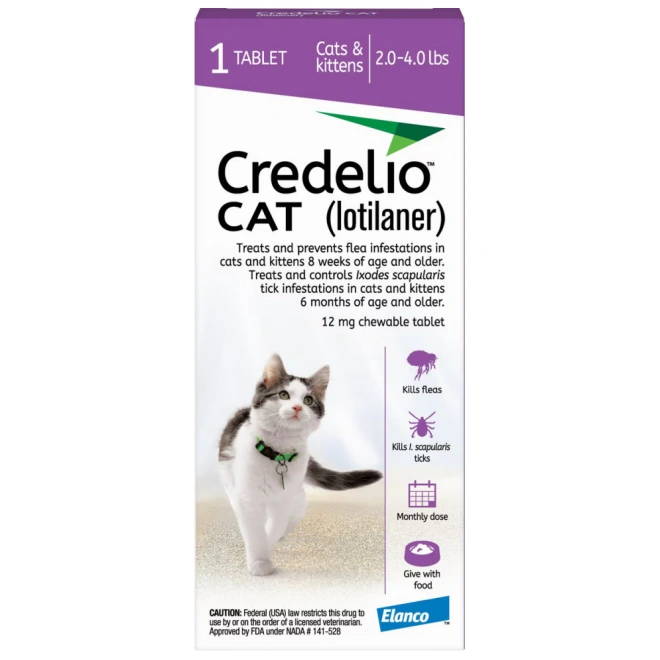
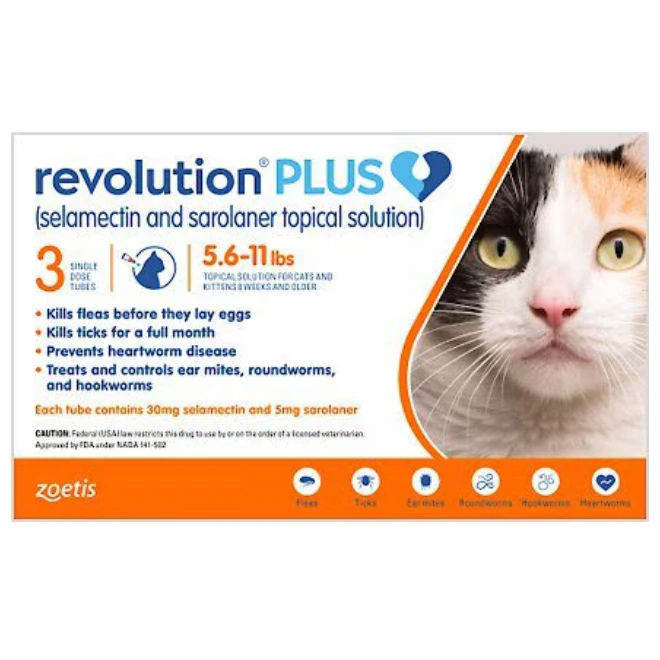
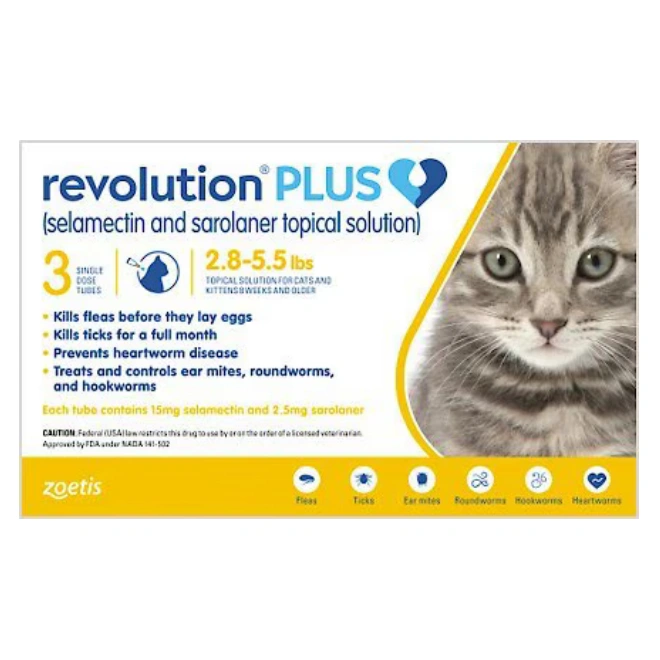








Leave a Reply